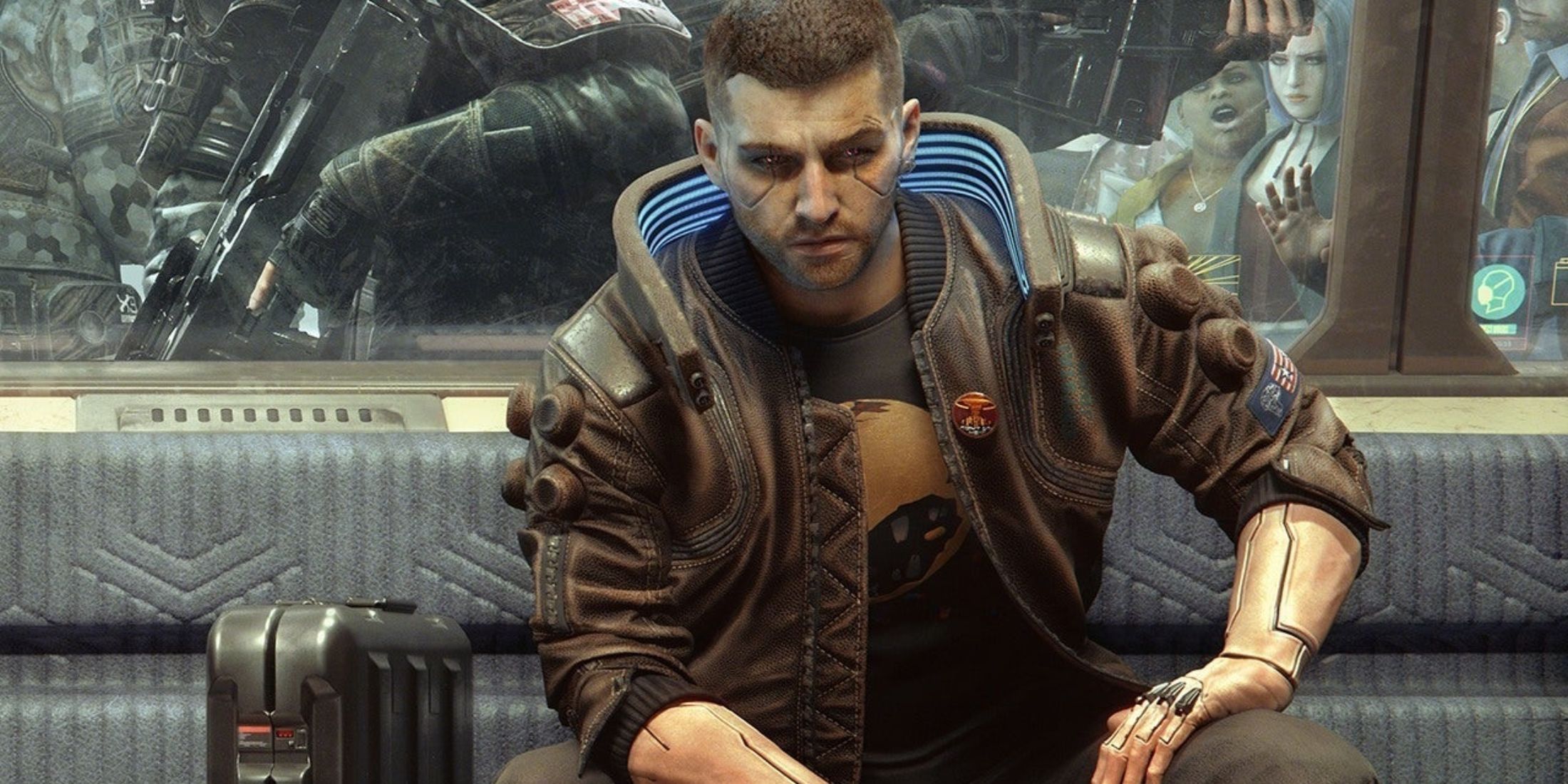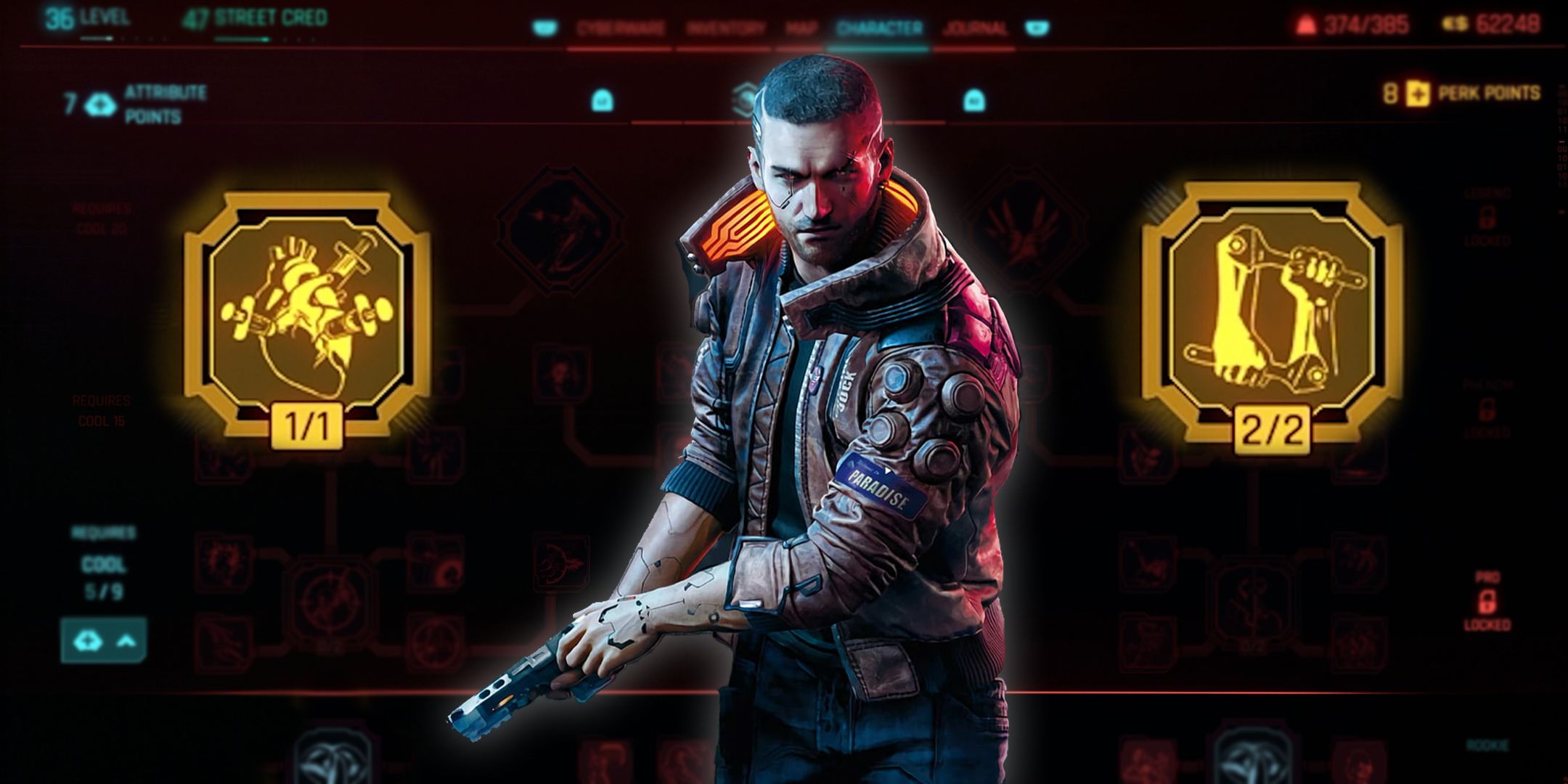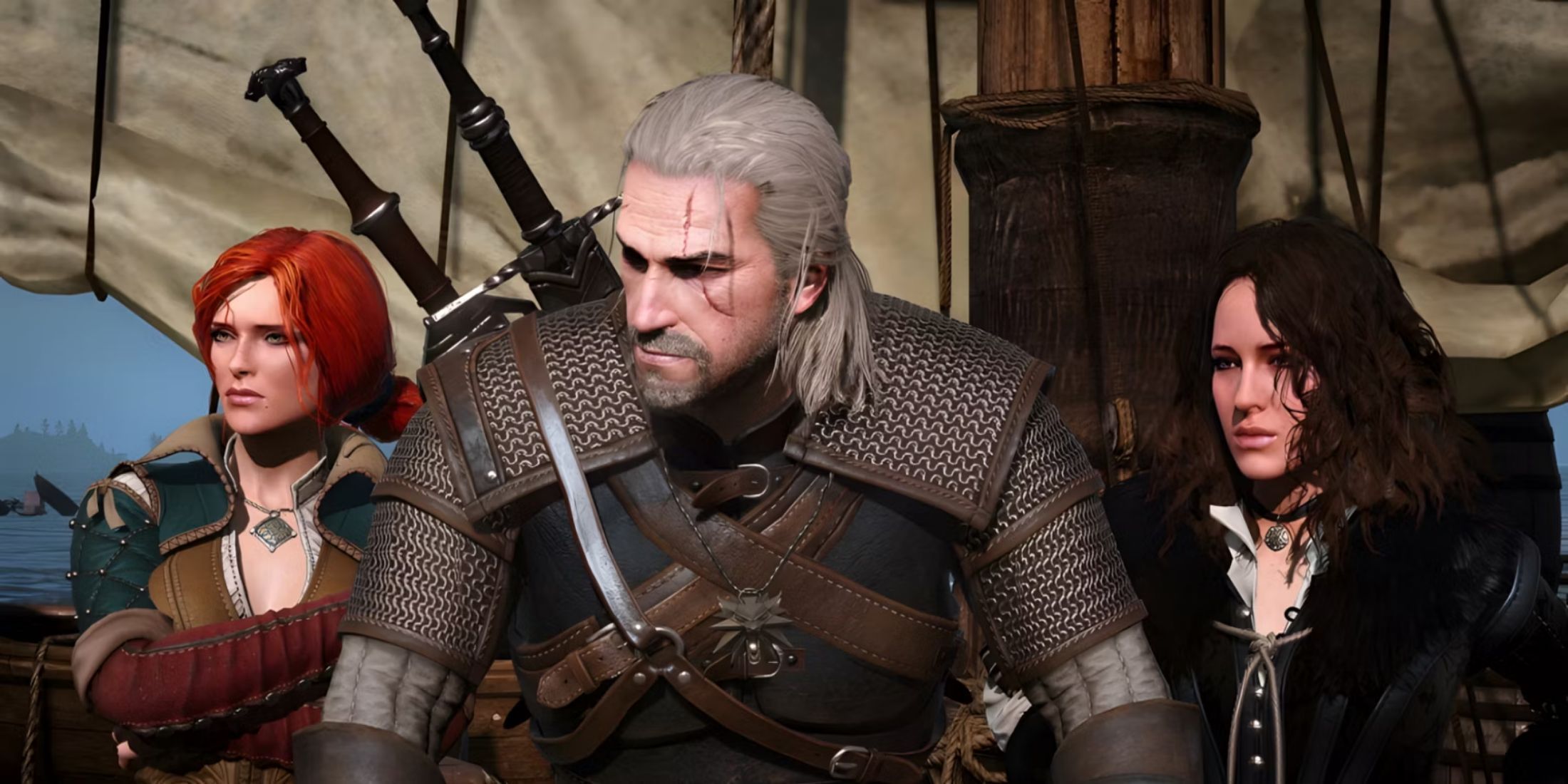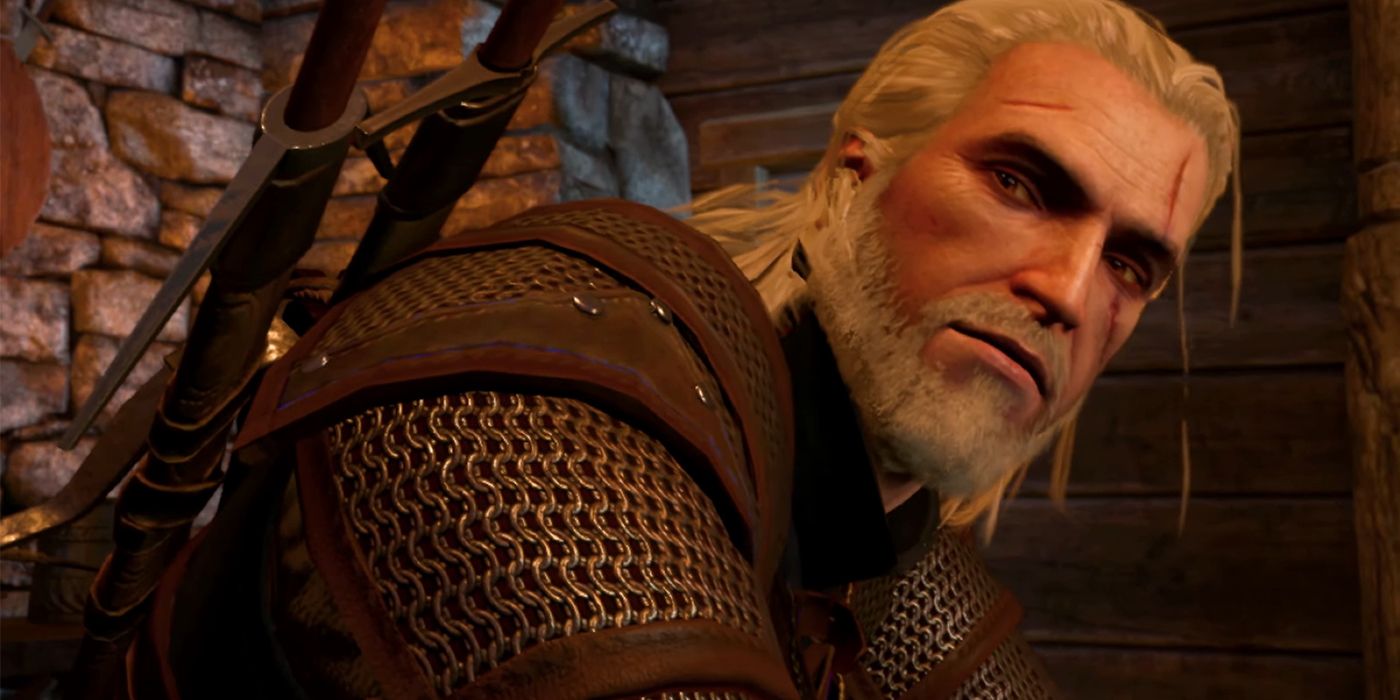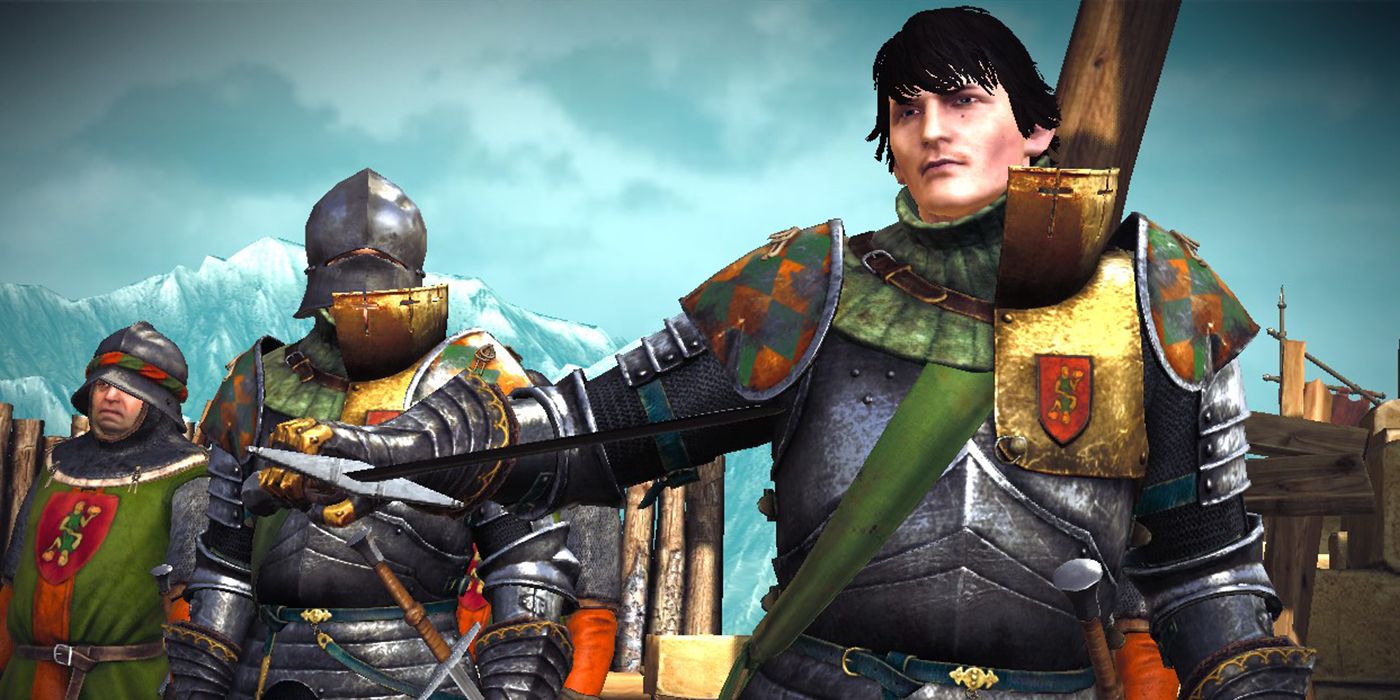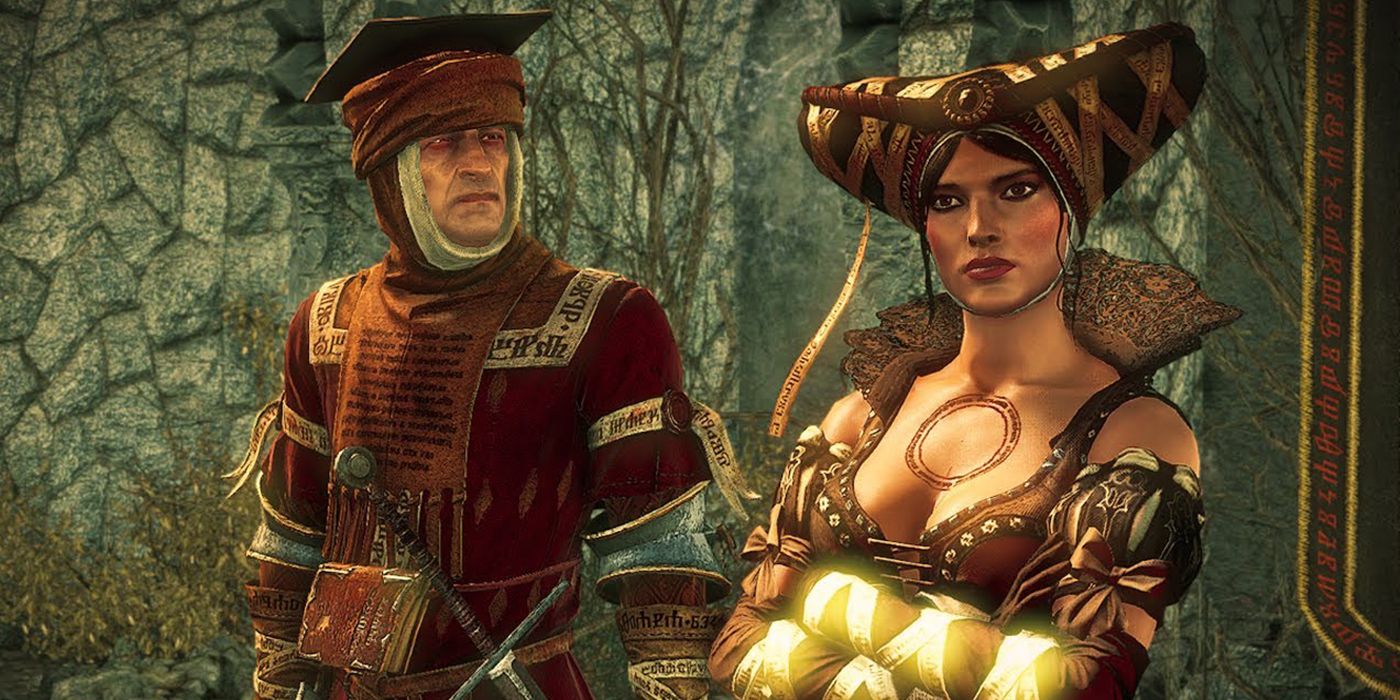Pretty early on in The Witcher 3: Wild Hunt, players (as Geralt) are asked to make a series of choices about their actions during The Witcher 2--if they haven't imported a save straight from the previous game, that is. Whether players answer commandeer Morvran Voorhis' questions or just import their own save game, there are five major choices from The Witcher 2 that need to be decided for The Witcher 3 to continue.
For players with little to no context for Voorhis' questions, or players faced with some difficult decisions in their Witcher 2 playthrough, it may help to know exactly how their decisions affect the world of The Witcher. Not every decision has as big of an impact as might be expected, but there are definitely a couple that leave their mark during The Witcher 3: Wild Hunt.
Choice 1: Aryan La Valette
This choice is made quite early on, during The Witcher 2's prologue. Aryan La Valette commands the guard defending his castle, raised to be a knight and driven by honor; in the process of ending the siege, Geralt confronts Aryan and can either kill him or force him to surrender (thereby saving his life as well). Naturally, killing Aryan ends the potential for future interactions right there, but if Aryan is allowed to live then, Geralt will encounter him later while escaping the dungeons of the castle. Even later in the game, Geralt and Aryan may possibly meet again after the young man turns to Radovid of Redania for help in finding his sister Anais.
Sadly, despite the intrigue of the La Valette family, Aryan doesn't seem to come up in The Witcher 3 even if he lives. So, Geralt's encounter with the nobleman appears to be just another memory for the Witcher at this point.
Choice 2: Flotsam
Geralt's choice in the small town of Flotsam is huge and affects the entire trajectory of future chapters in The Witcher 2. Here, players decide whether Geralt will leave Flotsam with Vernon Roche, a loyal commander under the former King Foltest who helps Geralt escape after the Witcher is framed for Foltest's murder, or Iorveth, an elf who commands a unit of Scoia'tael. For those unfamiliar with the Scoia'tael, they're a band of non-human guerrilla fighters intent on winning freedoms for their people. Iorveth doesn't have the same loyalties that Roche does, and for this reason, each man can lead Geralt down very different paths after Flotsam.
Roche's path can lead to Geralt assisting him in killing the King of Kaedwen, Henselt, and optionally saving Foltest's heir, while Iorveth's path allows Geralt to aid other non-humans--even (again, optionally) a dragon. However, Roche is the only one of the two who makes an appearance in The Witcher 3, so despite this choice's enormous impact on the second game, it's still not a huge deal either way in Wild Hunt. Whether or not Geralt left Flotsam with Roche, they're on friendly terms and Geralt is free to complete a number of quests for Roche. However, if Geralt helped Iorveth, he will be recognized and thanked by a member of another Scoia'tael band in Wild Hunt. Again, not a huge deal, just a little something for immersion.
Choice 3: Rescues
The third choice can actually be split into two different decisions since they differ based on whether players take Roche's path or Iorveth's path in The Witcher 2. The one common denominator in both paths is the sorceress Triss Merigold, who is Geralt's main love interest before Wild Hunt; at this stage in the game, she's captured and imprisoned in a Nilfgaardian camp. In both Roche and Iorveth's paths, one of Geralt's two options is to go and rescue Triss, which matters for more than just the romance: rescuing Triss allows her to expose fellow sorceress Sile de Tansarville as the mastermind behind King Foltest's murder. Still, deciding to rescue Triss won't get her killed, since Letho of Gulet just saves her instead.
Roche's Path
If he's in the company of Vernon Roche, Geralt will have the option here to either save Triss or save Anais La Valette, the young daughter of Baroness La Valette and true surviving heir to King Foltest's throne. Should Geralt opt for Triss, Anais won't die either (Roche will save her instead), but if Geralt does save Anais then he'll be able to deliver her to either Temeria or Redania, opening the possibility of Anais being raised like the royalty she is. Otherwise, there's no chance of Anais being recognized as Foltest's heir.
Iorveth's Path
While in the company of Iorveth, Geralt can either save Triss or lift the spell placed on Saskia, a great warrior and shapeshifting dragon from Aedirn who rebelled against the Kaedweni invasion. Another of the sorceresses, Philippa Eilhart, is revealed to have made Saskia her magical thrall, and if Geralt doesn't lift the spell he'll end up fighting Saskia later down the line as she can't break free of Eilhart on her own. Once again, Triss is saved by Letho if Geralt doesn't do it, but she can't successfully expose Sile de Tansarville in time, either.
Ultimately, these seemed like bigger decisions in The Witcher 2 than they turned out to be: the big "downside" to not rescuing Triss is that a great witch hunt would begin, leading to the persecution of magic-users and non-humans, all because she wasn't there to expose Sile. However, in The Witcher 3, it's clear that the witch hunt begins either way and so can Geralt's romance with Triss. So, once again, players can just follow their hearts on this choice.
Choice 4: Sile de Tansarville
Whether or not Sile is fully recognized as the culprit behind Foltest's assassination, Geralt is later faced with the choice to save her or let her die. At a certain point, Sile attempts to use her megascope (a mage's instrument used to communicating or teleporting across great distances), without realizing that Letho sabotaged it. Geralt can intervene and save her from the megascope, after which she'll thank him and give him a hint as to Yennefer of Vengerberg's whereabouts, or let the megascope turn Sile into mush.
Yes, Geralt finds Yennefer no matter what, as she's one of the romances in The Witcher 3, but there is at least one noticeable difference in Wild Hunt: while walking through a dungeon of imprisoned mages in Oxenfurt, Geralt can find both Sile and Margarita Laux-Antille. Sile ends up being too wounded to attempt a rescue, and she asks instead for a merciful death, which Geralt or Yennefer can give her.
Choice 5: The Kingslayer
The final decision is also the one that appears to have the most impact on The Witcher 3: at the end of the game, Geralt must decide whether or not to let Letho of Gulet live. Letho is the true murderer of King Foltest (the crime that Geralt was nearly executed for) but he and Geralt meet several times during The Witcher 2, and they can part here as tenuous allies for the future or in the death of Letho as enemies.
Should Geralt let Letho live, he'll show up in Wild Hunt. Not only can Geralt help him out during an optional quest in Velen, but Letho will also come to Geralt's aid in Kaer Morhen if asked. So, despite his deeds as an assassin, it's probably worth it to give Letho a pass for that one.
All in all, the consequences for Geralt's decisions are pretty simple and straightforward in Wild Hunt, although not every choice is actually reflected past Geralt's conversation with commander Voorhis. Still, it's good to know what the options and their effects are, especially for players who like to get to know their characters; Geralt is one character with a long and rich history, after all.
The Witcher 3 is out now for PC, PS4, Switch, and Xbox One.

